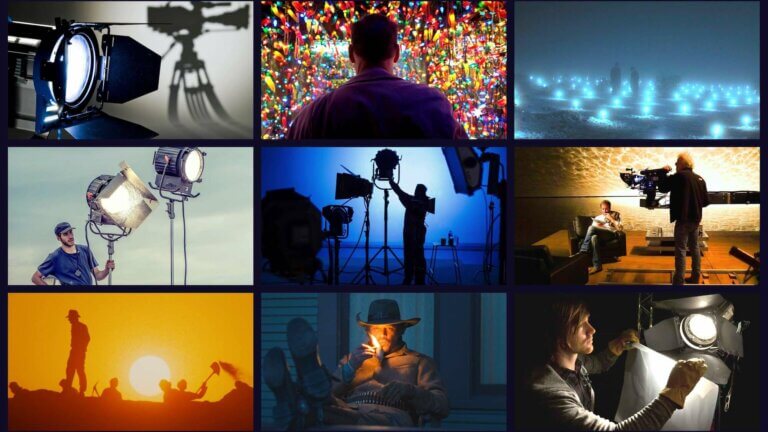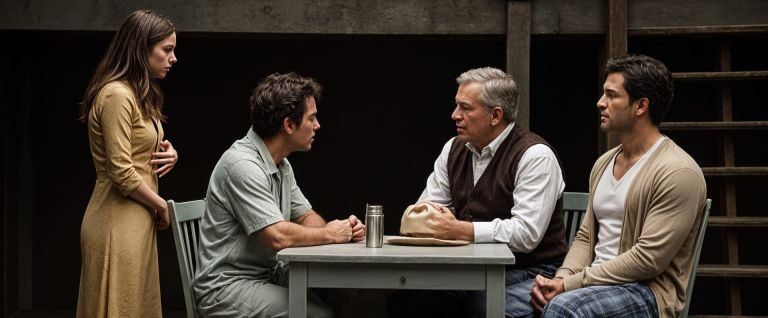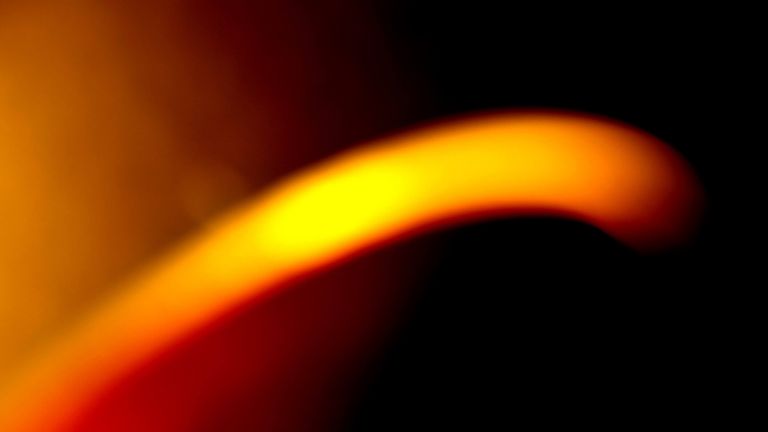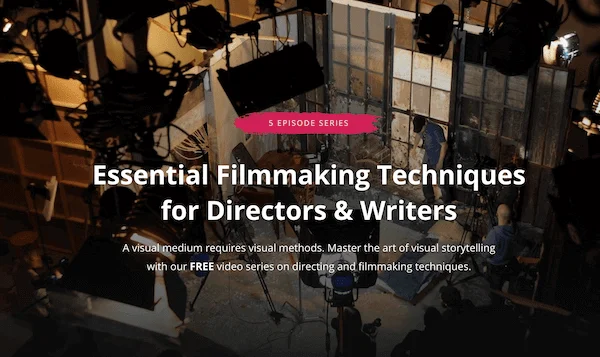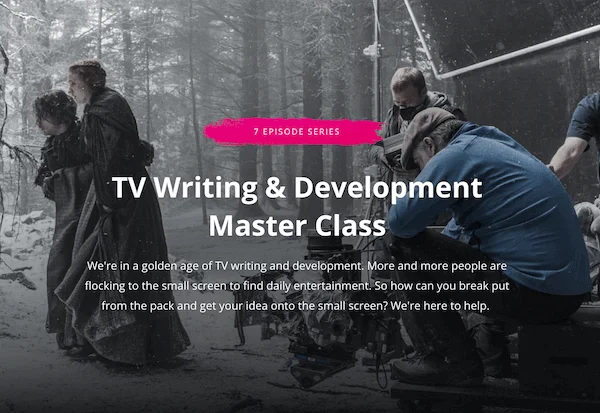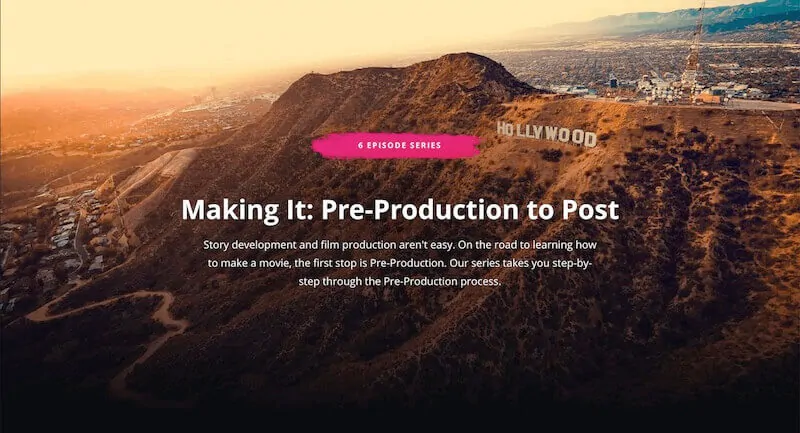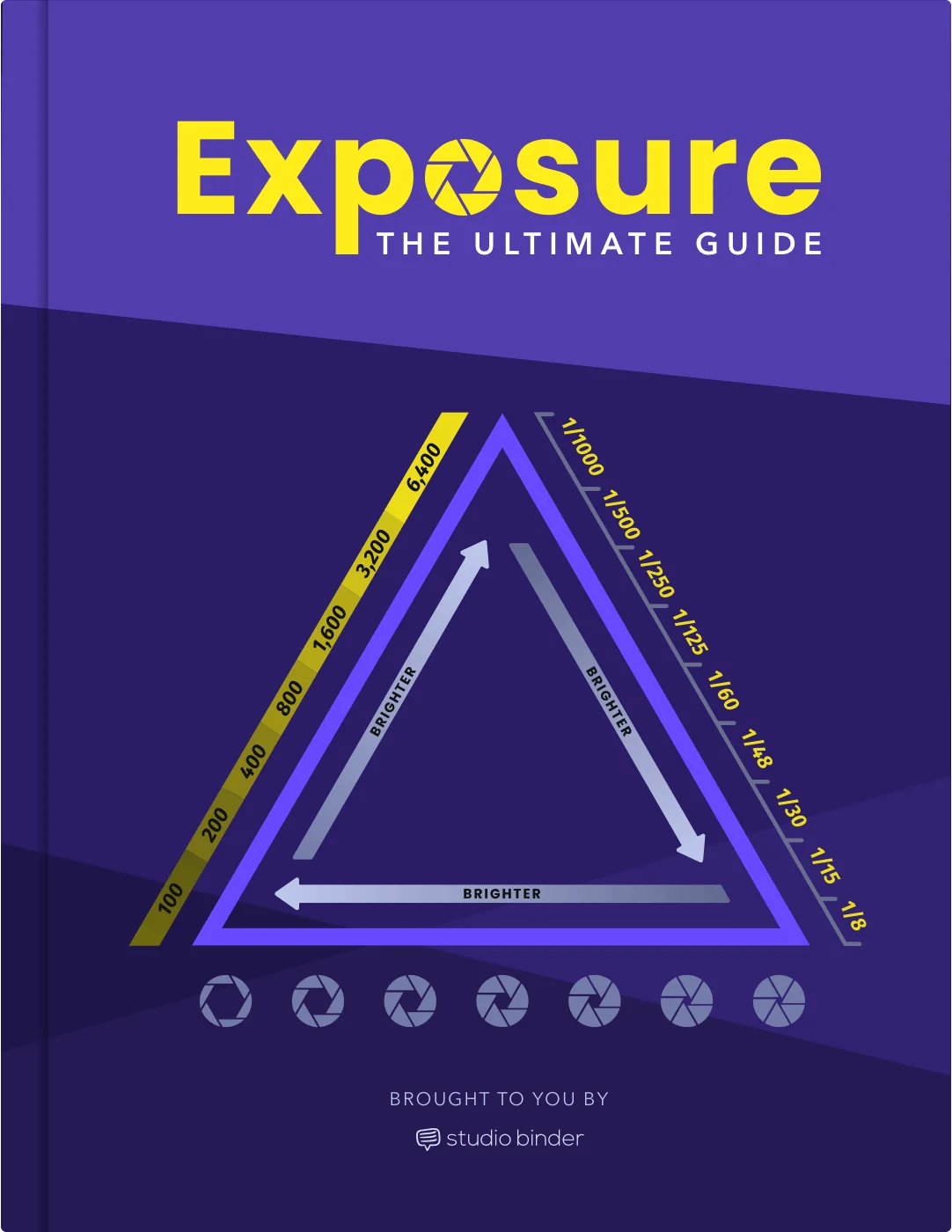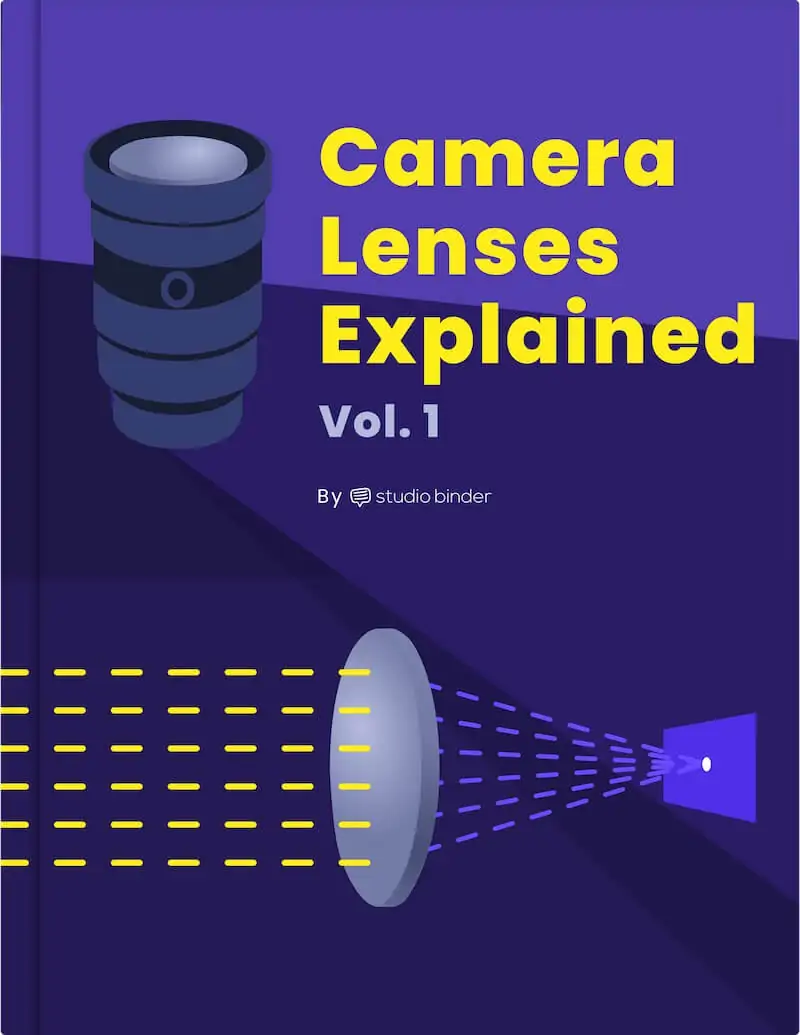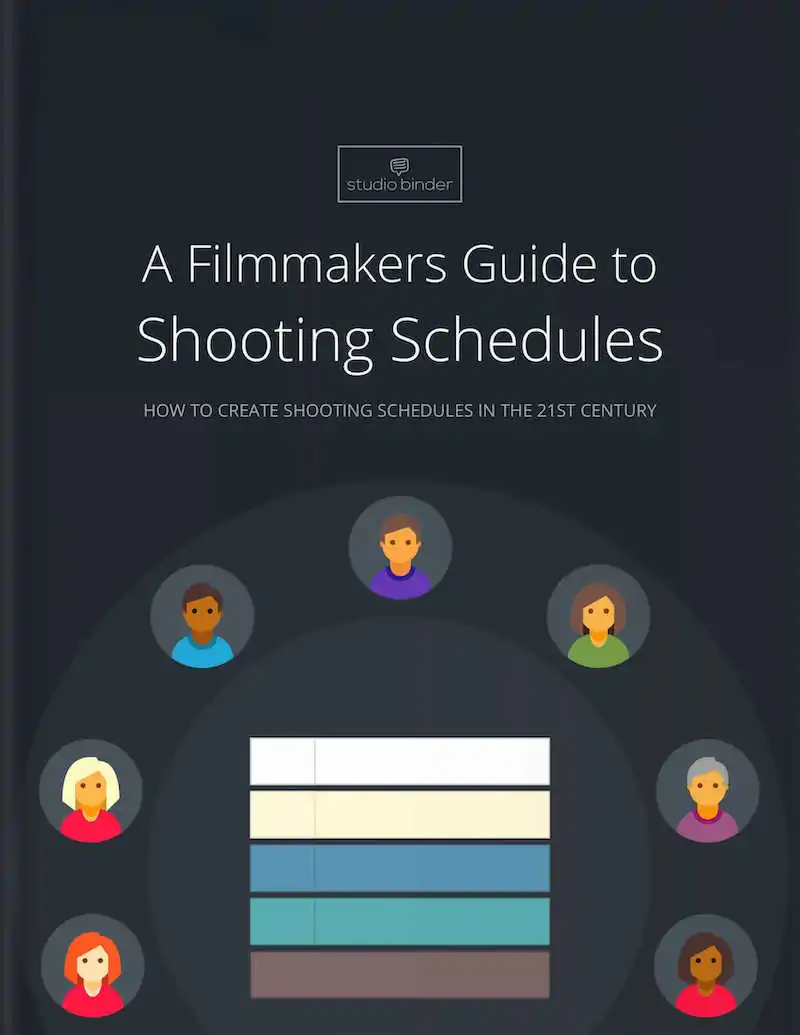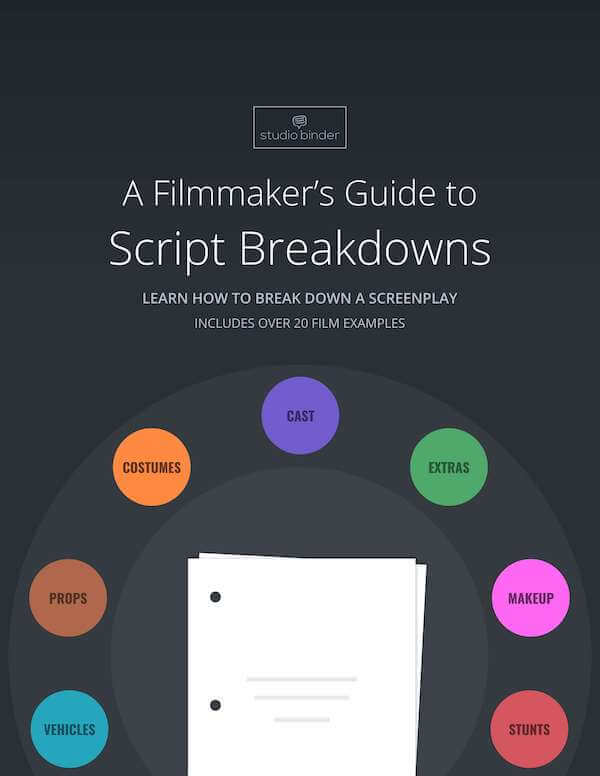Storytelling is a vivid, multi-dimensional medium. One of the lesser-known but crucial elements in this intricate process is the color script. Now, you might be wondering, what exactly is a color script? Why are they used? Let's look into this fascinating concept and how the practice started.Continue reading What is a Color Script and What Are They Used For?
In the ever-evolving world of art, few concepts stir as much debate as artistic appropriation. Some view it as a powerful form of commentary, remix, or homage. Others see it as theft, exploitation, or erasure—especially when it crosses cultural or ethical lines. As artists navigate the fine line between influence and imitation, the question remains: When does inspiration become appropriation, and who gets to decide?Continue reading What is Appropriation Art — Origins and Examples
There are novels and screenplays you read as a spectator, distanced from the story happening, only peering in from afar. Then there are pieces of art you experience. It reaches deep inside you, inviting and allowing you to be a part of the story. The difference between the two is influenced by how the piece tells the story. Specifically, in the way it uses the technique of "show, don't tell" writing.Continue reading Show Don’t Tell in Writing — An Essential Lesson
Is there any better feeling than winning an argument? Fortunately, Aristotle gave us the key to doing just that millennia ago. The Greek philosopher laid out three key components to persuading an audience that continue to be relevant today. So what is the rhetorical triangle? And how can you use it?Continue reading What is the Rhetorical Triangle — Definition & Case Study
Knowing how to film means knowing how to light. As a cinematographer, videographer, or director, you need to know an entire glossary of film lighting terms in order to effectively communicate your vision to the crew. We’ve listed the most common lighting terms you’ll hear on set.Continue reading Film Lighting Terms — A Complete Filmmaker’s Glossary
The three-act structure is perhaps the most common narrative structure that is studied and analyzed, known for its simplicity and universality in so many stories.However, the lesser-known five-act structure deserves its share of the spotlight. Originating from classical drama and famously utilized by playwrights such as William Shakespeare, the five-act structure offers a more nuanced approach to narrative development. Continue reading The Five Act Structure in Storytelling Explained
Imagine a world where everything is pristine, where crime is non-existent, everyone has enough to eat, and everyone is happy. Sounds like a utopia, doesn’t it? It’s an idea that has persisted in fiction for centuries, even if creative minds sometimes prefer to play in worlds where things are less than perfect. But even a perfect place can have its cracks. So what is a utopia and how can you identify one? We’ll go over that, including the history of the term and some notable examples in fiction.Continue reading What is a Utopia — Definition, Characteristics & Examples
Few words are as loaded or as controversial as “propaganda”. But what is propaganda and what does propaganda mean? Is it a way to spread misinformation? A function of manipulation onto a populace? A funny Walt Disney cartoon starring Donald Duck? All this and much more, propaganda has been around for a very long time but seems to be more recognized (at least by name) since the nineteenth century. We will provide a definition of propaganda, along with notable examples, primarily in art and film.Continue reading What is Propaganda — Definition, Types & Functions
Have you ever found your writing or rhetoric redundant? Using the same words and phrases over and over can make any speech or piece of writing grow stale. This is why understanding synonyms can be a life-saver. When used correctly, synonyms can add variety and interest to your writing while avoiding redundancy. Continue reading What is a Synonym — Definition, Types and Examples
Every time the curtain rises, we are drawn into a world of drama, suspense, laughter, and tears. Yet, behind the performances that captivate us lies a variety of elements that come together to create the magic of theatre. These elements are crafted by brilliant artists to tell one cohesive story. Continue reading Parts of a Play — Acts, Scenes, Structure Explained



